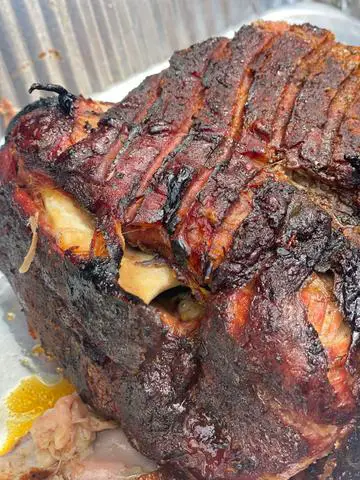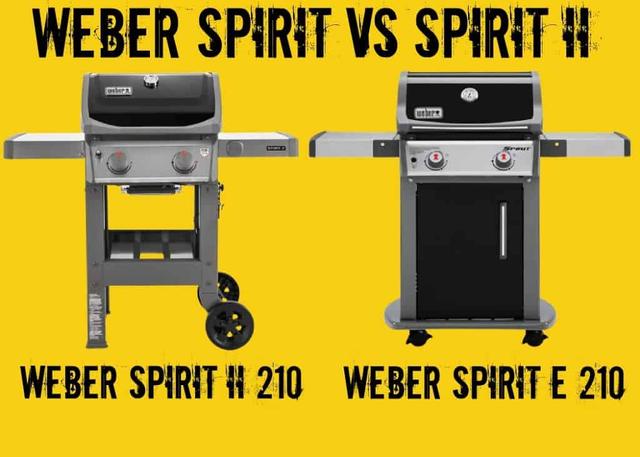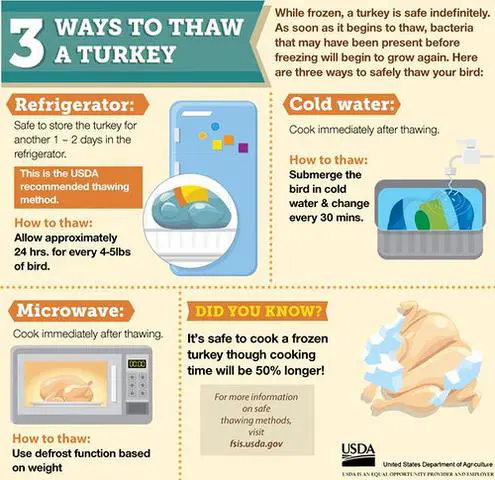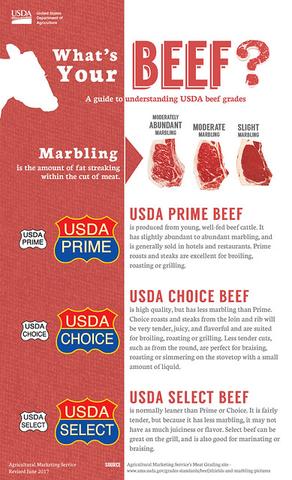
“Choice vs Select Brisket: Unveiling the Key Differences in Quality and Flavor”
USDA Choice vs Prime Brisket: Noticeable Difference?

When it comes to smoking a good brisket, starting with a high-quality cut is essential. This often leads to the question of whether there is a noticeable difference between USDA Choice and USDA Prime brisket, especially considering the price difference of $1-$1.50 per pound. In my opinion, the choice grade offers a perfect balance of price and intramuscular fat, whereas Prime brisket does not significantly surpass it in terms of taste or quality.
The United States Department of Agriculture (USDA) has a grading system for meat that helps determine its quality. The main factor that sets different grades apart is marbling, which refers to the fat dispersed within the lean meat. It’s important to note that if a ribeye muscle is graded as “Prime,” it means that the rest of the cow is also prime.
Having smoked both prime and choice briskets over the years, I can confidently say that choice brisket has more than enough intramuscular fat. The main distinction between Choice and Prime lies in their price points. Currently, whole USDA choice brisket costs $3.98/lb, while prime brisket costs $4.98/lb at Wild Fork Foods. Therefore, opting for prime brisket would mean paying an additional $8-$20 without experiencing a significantly better taste.
What is the USDA Grading System and How Does it Work?
The United States Department of Agriculture (USDA) has a grading system in place to assess the quality of meat. This system is voluntary and paid for by meat and poultry producers/processors. The main factor that determines the grade of meat is marbling, which refers to the fat dispersed within the lean meat. The more marbling present, the higher the grade.
There are several grades within the USDA grading system. Prime is the highest grade, indicating abundant marbling and superior flavor, tenderness, and juiciness. Choice is the next grade down, offering slightly less marbling but still considered high quality. Select is a leaner grade with less fat, resulting in reduced juiciness and flavor compared to choice or prime.
The grading process involves trained professionals who inspect each piece of meat for wholesomeness, ensuring it meets safety standards. Meat producers can then request a grading service from the USDA to determine its quality grade based on marbling and other factors.
USDA Choice vs Prime Brisket
The choice between USDA Choice and USDA Prime brisket ultimately comes down to personal preference and budget. While Prime brisket is considered higher quality due to its higher marbling, many people find that Choice brisket has more than enough intramuscular fat to keep the meat moist during the cooking process. The main difference between the two grades is the price, with Prime brisket typically costing $1-$1.50 per pound more than Choice brisket.
For those who prioritize flavor and are willing to spend extra money, upgrading to Prime brisket may be worth it. However, based on personal experience and feedback from others, there isn’t a significant difference in taste, tenderness, or juiciness between Choice and Prime briskets. Both grades can produce delicious and satisfying results when properly cooked and seasoned.
USDA Choice Brisket
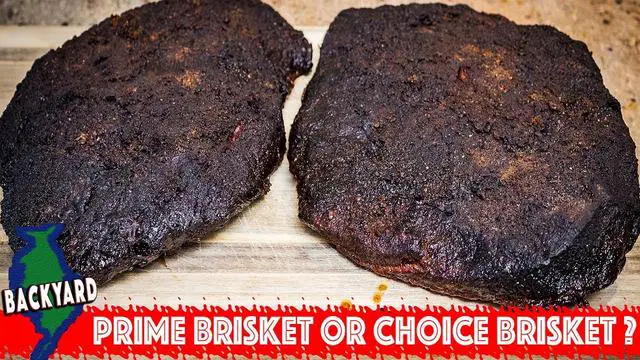
USDA Choice brisket is a high-quality grade of beef that falls below the top-tier USDA Prime grade but still offers excellent flavor and tenderness. It has less marbling than prime, meaning there is slightly less fat dispersed throughout the lean meat. However, it still contains enough intramuscular fat to keep the brisket moist and flavorful during the long cooking process.
Compared to lower grades like USDA Select, choice brisket offers more juiciness and flavor due to its higher fat content. It is considered a good balance between price and quality, making it a popular choice for smoking enthusiasts. When properly prepared and cooked, USDA Choice brisket can result in a delicious and satisfying meal.
USDA Prime Brisket
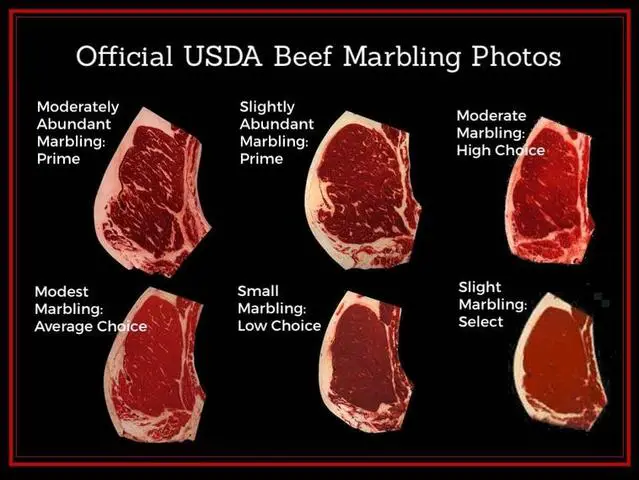
USDA Prime brisket refers to a higher quality grade of meat as determined by the United States Department of Agriculture (USDA) grading system. It is characterized by its high level of marbling, or fat dispersed within the lean meat. This marbling contributes to the tenderness, juiciness, and flavor of the brisket.
Compared to USDA Choice brisket, which also falls under the high-quality category, USDA Prime brisket typically has a higher price point. However, some people believe that the extra cost is worth it for the enhanced taste and texture.
In terms of smoking a brisket, both USDA Choice and Prime grades have enough intramuscular fat to prevent the meat from drying out during the cooking process. Therefore, while there may be a noticeable difference in price between these two grades, there may not be a significant difference in taste or quality when it comes to smoking a brisket.
What About Select Grade Brisket?
Select grade brisket is a lower quality option compared to USDA Choice and Prime. It is leaner and lacks the marbling, or intramuscular fat, that is essential for keeping the brisket moist during a long cook. When trimmed of surface fat and silver skin, select grade brisket has a tendency to dry out and become less tender. Some people even inject select grade brisket with beef tallow to compensate for the lack of fat.
In my experience smoking briskets, I have found that select grade brisket does not deliver the same level of flavor, juiciness, and tenderness as choice or prime grade. While it may be a more affordable option, it requires extra effort to ensure it stays moist throughout the cooking process. If you are looking for a consistently delicious and tender brisket, I would recommend choosing either USDA Choice or Prime grade over select.
Final Thoughts
In my opinion, the difference between USDA Choice and USDA Prime brisket is not noticeable enough to justify the higher price of Prime. While Prime brisket may have slightly more marbling, Choice brisket still has enough intramuscular fat to keep it moist during a long cook. I have smoked both grades of brisket and found that they have similar flavor, tenderness, and juiciness.
If you are on a budget or do not want to spend extra money on Prime brisket, I would recommend sticking with Choice. However, if Prime briskets are affordable in your area, there is no harm in trying one to see if you notice a significant difference in taste or quality.
Ultimately, the most important factor in smoking a good brisket is starting with a good cut of meat. Whether you choose USDA Choice or USDA Prime, make sure to select a brisket that has even flat muscle and a trimmable fat cap. This will ensure that you have the best possible outcome for your barbecue.
In the choice vs select brisket debate, it ultimately comes down to personal preference and desired outcome. Choice brisket offers more marbling and tenderness, perfect for those seeking a melt-in-your-mouth experience. On the other hand, select brisket is leaner and can be a healthier option. Ultimately, understanding your cooking method and flavor preferences will help you make the right decision when selecting your cut of brisket.
Learn More About Grilling
If you want to learn more about grilling, check out these other helpful resources!

